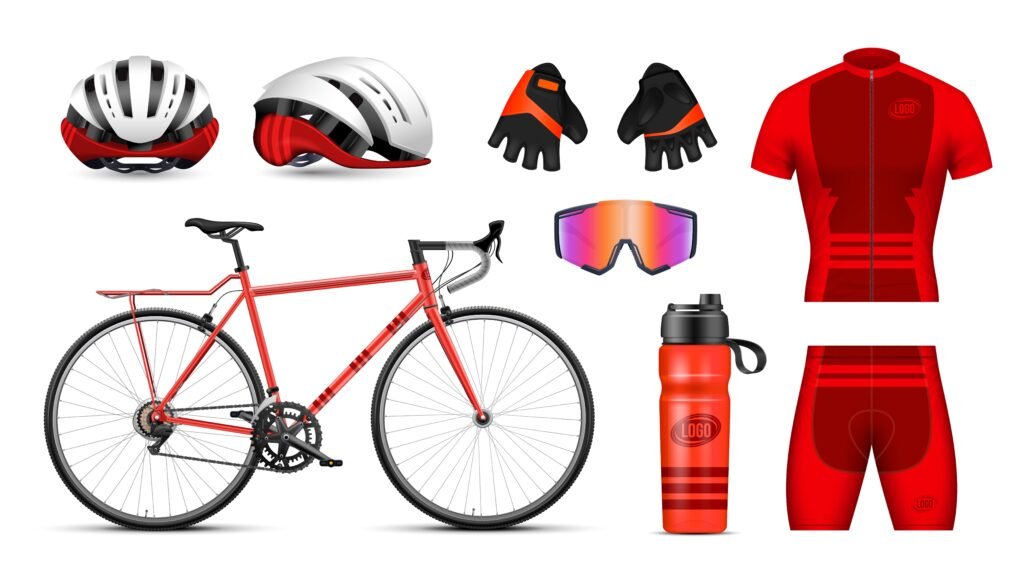The Best Fluffy Pancakes recipe you will fall in love with. Full of tips and tricks to help you make the best pancakes.
Essential Road Cycling Gear Checklist
A complete list of must-have equipment and accessories for road cyclists.
I still remember my first long road ride. My seat was all wrong, my water bottle rattled loose at mile 12, and I had no idea what a CO₂ inflator was — until I flatted mid-ride. Like many new cyclists, I dove in without knowing what gear truly mattered. But over time, with experience (and a few expensive mistakes), I built a kit that now makes every ride smoother, safer, and way more fun.
In this guide, we’ll break down the must-have cycling gear for road riders — from bikes to tech — so you can ride with confidence from day one.
Bike & Riding Essentials

Your bike is your engine. Here’s what you must get right from the start:
- Road Bike (proper fit): Choose one based on your height, flexibility, and riding goals. A bad fit = sore knees and back.
- Clipless Pedals (SPD-SL, Look Keo, etc.): Lock in your foot for more efficient power transfer. You’ll feel the difference.
- Cycling Shoes (compatible with your pedals): Stiff soles help your legs push harder with less fatigue.
- Helmet (certified, well-ventilated): Never ride without one. Look for MIPS or similar safety features.
- Gloves (padded): Helps with grip, absorbs shock, and prevents blisters on longer rides.
- Water Bottles (x2) + Cages: Always carry two. Dehydration hits faster than you’d expect. Go for BPA-free bottles.
Cycling Apparel & Comfort Gear
Wearing the right clothes directly impacts how far and how well you ride.
- Padded Bib Shorts or Cycling Shorts: Say goodbye to saddle pain. Bibs are worth the investment for longer rides.
- Cycling Jersey (moisture-wicking): Keeps you dry and has handy rear pockets for snacks, phone, and tools.
- Cycling Socks (technical fabric): Breathable and blister-free. Cotton is a no-go.
- Base Layer (optional but smart): Great for regulating core temp in summer or cool days.
- Wind Vest or Jacket: Light enough to pack, strong enough for those chilly descents.
- Arm/Leg Warmers: Remove or stash in your jersey as the temperature changes.
- UV-Protected Sunglasses: Block wind, dust, and sun. Wraparound style is best.
Repair & Maintenance Kit
No one plans for a flat — but smart cyclists ride prepared.
- Spare Inner Tube or Tubeless Plug Kit: Bring at least one. Two for longer rides.
- Mini Pump or CO₂ Inflator: Frame-mount your pump, or stash a CO₂ for speed. Practice using it before you need it!
- Tire Levers (x2): Lightweight, but critical when changing flats.
- Multitool (with Allen Keys & Chain Tool): Fix your saddle, tighten bolts, or repair your chain roadside.
- Patch Kit (optional backup): Takes up no space. Useful in emergencies.
- Chain Lube & Cleaning Wipes: A clean, quiet drivetrain = a fast bike. Lube every few rides.
Tech & Safety Accessories
These tools elevate your ride and boost your safety.
- Bike Computer or GPS Unit: Tracks speed, distance, cadence — critical for performance tracking and navigation.
- Heart Rate Monitor or Power Meter: Optional but excellent for structured training.
- Front & Rear Lights (USB-rechargeable): Use even during the day. Visibility saves lives.
- Rearview Radar or Mirror: Gives you eyes in the back without turning your head.
- Bell or Audible Alert: Alert others when passing on bike paths or shared roads.
- Reflective Tape or Hi-Vis Vest: Especially needed for early morning or twilight rides.
Storage & On-the-Go Essentials
Staying organized keeps your ride stress-free and focused.
- Saddle Bag or Tool Roll: Stash tools, tubes, and small items securely.
- Nutrition (gels, bars, electrolyte tablets): Bring more than you think you’ll need. Bonking mid-ride is brutal.
- ID Card or Road ID Bracelet: In case of emergencies. Safety always comes first.
- Phone in Waterproof Pouch: For navigation, emergencies, or mid-ride photos.
- Cash or Card: For snacks, emergencies, or a celebratory coffee stop.
Bonus Gear for Advanced or Cold-Weather Riders
Once you’re riding regularly, invest in seasonal gear that extends your season:
- Thermal Jacket & Tights: Keeps you riding deep into fall and early spring.
- Toe Covers or Overshoes: Keep your feet dry and warm in cold winds.
- Chamois Cream: Prevents saddle sores and irritation on long rides.
- Indoor Trainer + Mat: Ride indoors during winter or bad weather. Consistency matters.
Summary
Mastering your road cycling gear setup is more than collecting stuff — it’s about making every ride safer, more comfortable, and more fun.
Whether you’re new to road cycling or returning after a break, this list is your go-to checklist. Want to go deeper into bikes, tools, training zones, and riding tips?
👉 Check out our full Road Cycling Guide — it’s your one-stop resource to start smarter and ride better.
A helmet, quality shorts, and a flat repair kit. These directly affect safety and comfort.
If you’re riding consistently, yes. They improve power efficiency and help you pedal smoother.
Expect around $200–$400 for key essentials if starting fresh (excluding the bike).
You can, but expect less comfort and higher fatigue on long rides.
Clean every 1–2 weeks and lube the chain after 2–3 rides or if it looks dry/dirty.





